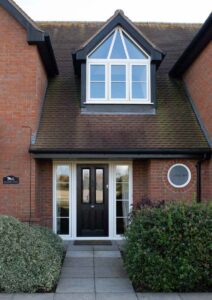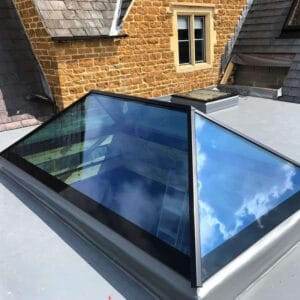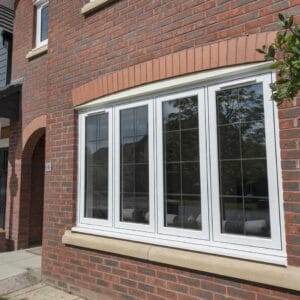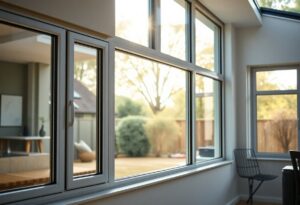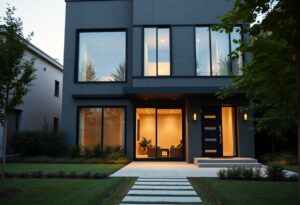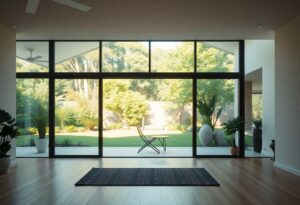With the growing urgency for sustainable living, you may find yourself intrigued by innovative solutions that prioritize environmental consciousness. Smart Systems’ Green Building Approach encapsulates a revolutionary methodology, merging technology with sustainable practices to enhance the efficiency and longevity of structures. This article will explore how you can integrate these principles into your own projects, ensuring a healthier planet while benefiting from modern advancements. Discover how embracing smart systems can transform your understanding of green building and create a lasting positive impact on your community.
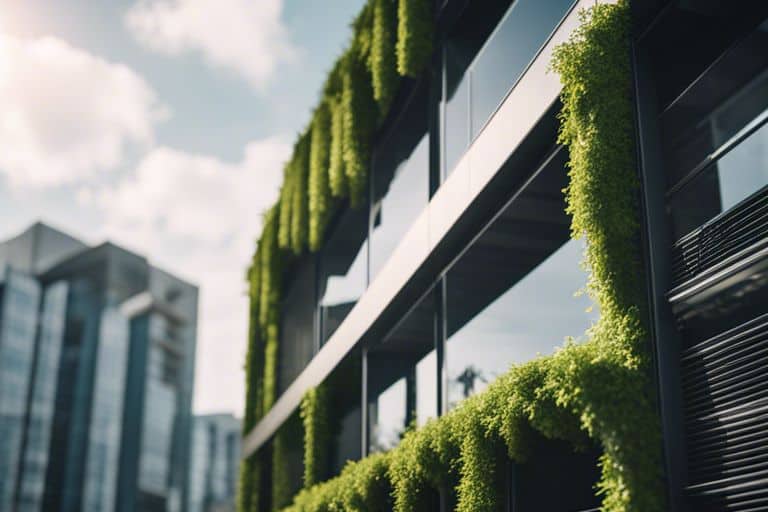
Principles of Sustainable Design
While exploring sustainable design, you’ll discover that the principles are rooted in creating systems that harmonise with the environment. By adopting a holistic approach, you can ensure that your building not only minimises environmental impact but also enhances the quality of life for its occupants.
Energy Efficiency
Any strategy that improves energy efficiency is vital for sustainable building design. This can range from using advanced insulation materials to implementing smart technologies that optimise energy consumption, reducing your overall carbon footprint while saving costs on utilities.
Water Conservation
On the other hand, water conservation is equally crucial. By integrating water-efficient fixtures and systems, you can significantly reduce water waste, ensuring that your building supports sustainable water practices without compromising comfort or function.
Another key aspect of water conservation involves rainwater harvesting and greywater recycling. By capturing rainwater from rooftops and reusing water from sinks or showers, you can further decrease reliance on municipal water supplies. This not only fosters a sustainable approach but also creates a more resilient ecosystem as you work towards preserving this precious resource for future generations.
Smart Systems for Green Buildings
Little do most people realise that the integration of smart systems in green buildings can significantly enhance energy efficiency and sustainability. By employing innovative technologies, you can optimise resource management and reduce environmental impact, ensuring that your building is not just eco-friendly but also cost-effective.
Building Management Systems (BMS)
The implementation of Building Management Systems (BMS) is crucial for monitoring and controlling various building functions. These systems allow you to manage heating, ventilation, air conditioning, lighting, and security effectively, creating a comfortable and energy-efficient environment while significantly reducing operational costs.
Energy Harvesting Technologies
One of the most exciting advancements in green building technology is energy harvesting. These technologies transform ambient energy, such as solar, wind, and kinetic energy, into usable electrical power. This not only boosts the energy efficiency of your building but also decreases dependency on conventional power sources, making your environment more sustainable.
Smart energy harvesting solutions, such as solar panels and piezoelectric generators, enable your building to capture and store energy from everyday activities. By integrating these technologies, you ensure that your structure not only consumes less energy but also generates its own, moving closer to true sustainability. Embracing such innovative systems can change the way you think about energy consumption, transforming your building into a self-sufficient system.
Green Building Materials and Technologies
It is necessary to explore innovative materials and technologies that contribute to sustainable building practices. By incorporating environmentally friendly options into your construction or renovation projects, you not only reduce your carbon footprint but also enhance the health and wellbeing of your living spaces.
Recycled and Recyclable Materials
Recycled materials play a pivotal role in green building. Using products like reclaimed wood, recycled metal, and repurposed plastic reduces waste and conserves natural resources. By selecting these materials, you help create a circular economy where products can be restored and reused, promoting sustainability in your construction projects.
Low-Carbon Cement Alternatives
With the construction industry being a significant contributor to carbon emissions, exploring low-carbon cement alternatives is crucial. These innovative materials offer the strength and durability of traditional cement while minimising environmental impact. By integrating options like fly ash, slag, and bio-based aggregates, you can significantly reduce your building’s carbon footprint.
Technologies surrounding low-carbon cement alternatives continue to evolve. Advances such as geopolymer cement and carbon capture utilisation are paving the way for reduced emissions in the cement industry. Embracing these technologies not only enhances the sustainability of your projects but also contributes to a healthier planet for future generations. Your choice to utilise these materials can lead the way towards a greener, more responsible construction sector.
Implementation and Challenges
Integrating Smart Systems with Existing Infrastructure
Not all buildings come equipped with the latest technology, which presents unique challenges in integrating smart systems with existing infrastructure. You may find that older structures require significant retrofitting, which can complicate your plans. Additionally, legacy systems may not be compatible with newer technologies, necessitating careful planning and execution to ensure a seamless integration while maintaining the original architectural integrity.
Overcoming Cost and Adoption Barriers
Challenges arise when addressing the financial implications of implementing smart systems in green buildings. You may experience hesitation from stakeholders due to perceived high upfront costs and uncertainty over long-term savings.
One of the main obstacles is the initial investment required for smart technology adoption, which can deter potential users. However, it is crucial to remember that these systems often lead to significant energy savings and efficiency improvements over time. A clear demonstration of the return on investment (ROI) is imperative in gaining buy-in from decision-makers. Education around the benefits, coupled with the availability of government incentives or financing options, can ease the transition and encourage widespread adoption of these sustainable solutions.
Summing up
With this in mind, embracing Sustainable Solutions through Smart Systems’ Green Building Approach offers you an innovative pathway to a more eco-conscious future. By integrating intelligent design and renewable resources, you not only enhance your living or working environment but also contribute to the health of our planet. You have the power to make choices that promote sustainability, reduce waste, and improve energy efficiency, ultimately fostering a healthier lifestyle. The journey toward a greener future begins with the decisions you make today.
FAQ
Q: What are Sustainable Solutions in the context of Smart Systems Green Building Approach?
A: Sustainable Solutions refer to innovative practices and technologies implemented in the design, construction, and operation of buildings to minimise environmental impact while optimising resource efficiency. In the context of the Smart Systems Green Building Approach, these solutions include the integration of smart technologies, such as energy management systems, automated lighting, and advanced HVAC systems, which collectively enhance the sustainability of buildings by reducing energy consumption, minimising waste, and promoting a healthy indoor environment.
Q: How do Smart Systems contribute to the efficiency of Green Buildings?
A: Smart Systems play a crucial role in enhancing the efficiency of Green Buildings by leveraging advanced technologies that enable real-time monitoring and management of energy usage and building performance. These systems utilise sensors and data analytics to optimise lighting, heating, and cooling based on occupancy patterns and external weather conditions. This not only reduces overall energy consumption but also allows for predictive maintenance, ensuring that systems operate at their peak efficiency while extending their lifespan and reducing repair costs.
Q: What certifications can a building achieve by implementing the Smart Systems Green Building Approach?
A: By adopting the Smart Systems Green Building Approach, a building can pursue various sustainability certifications that acknowledge its commitment to environmentally responsible practices. Prominent certifications include the Leadership in Energy and Environmental Design (LEED), the Building Research Establishment Environmental Assessment Method (BREEAM), and the Energy Star label. Each of these certifications has specific criteria relating to energy efficiency, indoor environmental quality, sustainable site development, and materials used, thus validating the effectiveness of the sustainable solutions integrated into the building.

